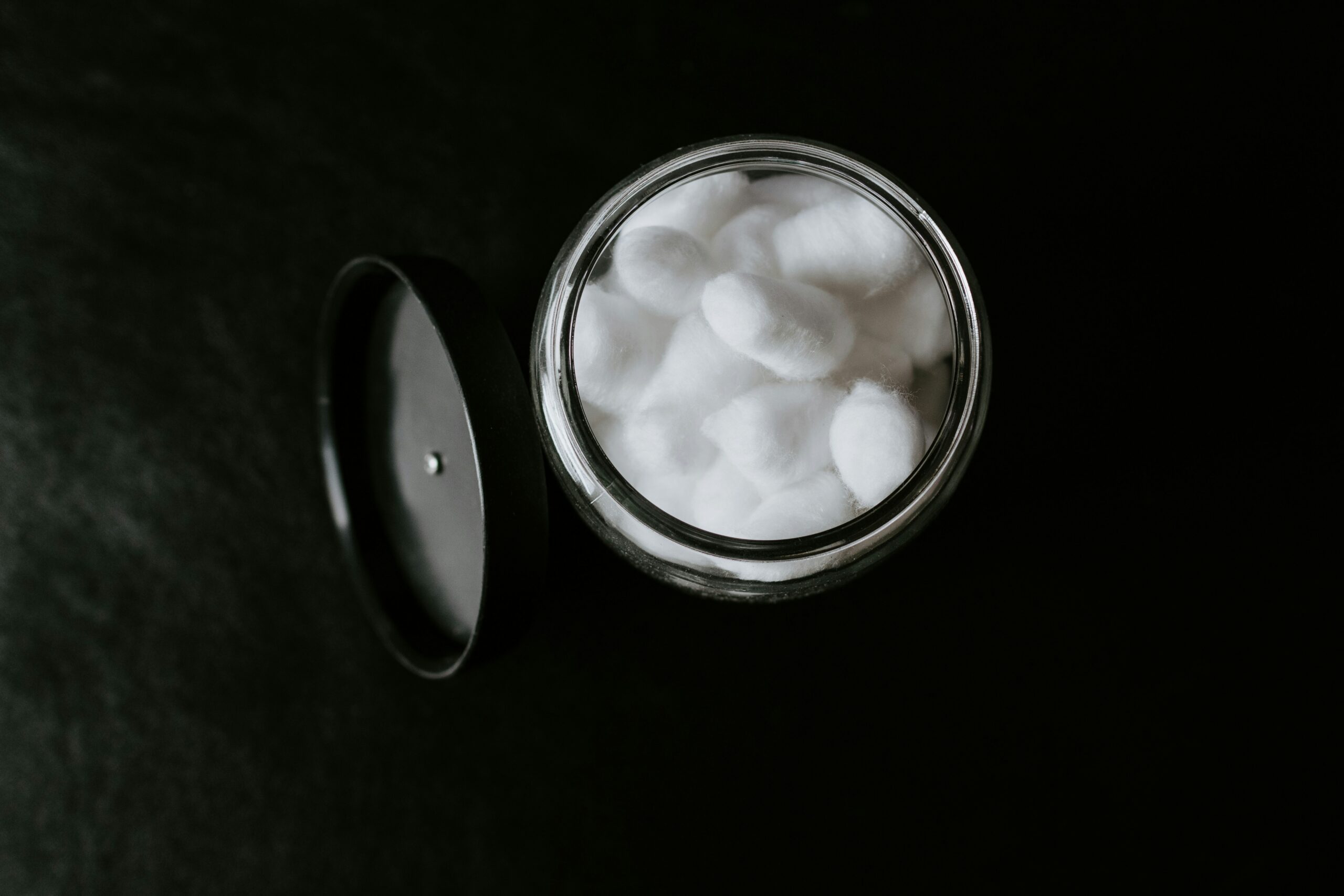Have you ever wondered how to effectively clean the lens of a monocular? Whether you’re an outdoor enthusiast, a wildlife observer, or just enjoy exploring the world up close, keeping your monocular lens clean is essential for crisp and clear viewing. In this article, we will guide you through simple and effective steps to ensure your monocular lens stays spotless, allowing you to immerse yourself in stunning and detailed views of the world around you.
Understanding The Importance Of Clean Lenses
Keeping your monocular lenses clean is crucial to ensure optimal image quality and longevity of your device. Dirty lenses can significantly impact the clarity and sharpness of the images you see through the monocular. A layer of dust, debris, or smudges can obstruct light and distort the image, resulting in a less satisfying viewing experience.
Additionally, improper cleaning techniques or using unsuitable cleaning materials can potentially damage the lenses. Scratches or abrasions on the lens surface can not only affect the image quality but also render the monocular unusable. Therefore, understanding the importance of clean lenses and adopting the correct cleaning methods is essential for maintaining the performance and longevity of your monocular.
Recognizing When Monocular Lens Cleaning Is Needed
Knowing when your monocular lenses need cleaning is the first step in maintaining their cleanliness. Here are some signs to look out for:
Visible dust or debris
If you notice dust particles or debris on the lens surface, it’s a clear indication that cleaning is required. These particles can accumulate over time, especially if you frequently use your monocular in outdoor environments or areas with high dust levels.
Smudges on the lens
Smudges caused by fingerprints, dirt, or oil can compromise the image quality. These smudges can occur when handling the monocular without using proper lens cloth or accidentally touching the lens surface.
Noticeable decrease in image clarity
If you find that your view through the monocular has become less sharp or blurry, it could be a result of dirty lenses. As dust and smudges accumulate, they can gradually affect the clarity and sharpness of the image, making it difficult to enjoy the full potential of your monocular.

Gathering Necessary Cleaning Supplies
Before you commence the cleaning process, it’s essential to gather the necessary supplies. Here’s what you’ll need:
Using specific lens cleaning solutions
Using a proper lens cleaning solution is crucial for effectively removing stubborn dirt and smudges without causing damage to the lens. Avoid using harsh chemicals or household cleaners as they can harm the lens coatings. Instead, opt for a lens cleaning solution specifically formulated for optical lenses.
Selecting the correct type of cloth
A microfiber cloth is the ideal choice for cleaning monocular lenses. These soft and lint-free cloths are designed to gently wipe away smudges and dust without scratching the lens surface. Avoid using materials like tissues or paper towels, as they can leave behind lint or potentially scratch the lens.
Importance of a dust blower for gentle cleaning
A dust blower is a handy tool for removing loose dust particles from the lens surface. Its gentle airflow dislodges any debris without the risk of scratching the lens. Using a dust blower before wiping the lens with a cloth helps minimize the chances of smearing or scratching caused by particles that could be present on the lens.
The Proper Way To Handle A Monocular During Cleaning
Properly handling the monocular during the cleaning process is crucial to avoid any accidental damage. Here are some essential tips to follow:
Maintaining steady hands
Keeping your hands steady while cleaning ensures that you have full control over the monocular and reduces the chances of accidentally dropping or mishandling it. It’s advisable to find a stable surface to place the monocular on during the cleaning process.
Avoiding touching the lens directly
To prevent fingerprints or additional smudges, avoid touching the lens directly with your fingers. Even if your hands seem clean, oils or sweat residue can transfer to the lens surface and require extra cleaning.
Proper monocular positioning
When cleaning, make sure the monocular is positioned in a way that gives you easy access to the lens surface. This will allow you to clean the lens more effectively without straining or potentially damaging other components of the device.

Understanding The Cleaning Process
Knowing how to clean your monocular lenses step by step is essential for achieving optimal results. Here’s a guide to help you through the process:
-
Start by using a dust blower to remove any loose dust particles from the lens surface. Hold the monocular upright and gently squeeze the bulb of the dust blower while directing the airflow towards the lens.
-
Once the dust particles are removed, apply a few drops of lens cleaning solution to a microfiber cloth. Be sure not to oversaturate the cloth, as excessive moisture can damage the lens.
-
Gently wipe the lens surface in a circular motion, starting from the center and moving towards the edges. Avoid applying excessive pressure while wiping to prevent scratching the lens.
-
If there are stubborn smudges or dirt, you can lightly dampen a corner of the cloth with the cleaning solution and focus on those areas, again being cautious not to use excessive force.
-
After thoroughly cleaning the lens, use a dry section of the microfiber cloth to gently polish the lens surface and remove any remaining moisture or streaks.
Using A Lens Cleaning Solution
A lens cleaning solution plays a vital role in removing stubborn dirt and smudges from your monocular lens. Here are some important points to keep in mind when using a cleaning solution:
How to correctly apply the solution
Apply a few drops of the lens cleaning solution onto a clean and dry microfiber cloth. It’s important not to spray the solution directly onto the lens, as it can cause the liquid to seep into the monocular and potentially damage internal components.
The role of cleaning solution in removing stubborn dirt and smudges
Cleaning solutions are specially formulated to break down fingerprints, oil, and other smudges that may be resistant to dry cleaning methods alone. The solution’s chemical properties aid in dissolving and removing these contaminants, resulting in a cleaner and clearer lens surface.
Avoiding overuse of the solution
Using excessive amounts of cleaning solution on the lens can lead to issues such as streaking or residue buildup. Remember, a little goes a long way. Start with a small amount and add more only if necessary.

Using A Microfiber Cloth For Cleaning
Utilizing a microfiber cloth is essential for safely and effectively cleaning your monocular lenses. Here’s why it’s the preferred choice:
Why using a microfiber cloth is essential
Microfiber cloths are specifically designed to be gentle on delicate surfaces, making them ideal for cleaning optical lenses. The ultra-fine fibers trap dirt and dust particles, preventing them from scratching the lens surface while effectively removing smudges and debris.
The correct way to wipe the lens with a cloth
Fold the microfiber cloth into a small square and lightly press it against the lens surface. Then, using a circular motion, gently wipe the lens from the center to the edges. Avoid rubbing back and forth, as this can potentially create scratches.
Avoiding damage through improper cloth use
Never use materials like tissues or paper towels, as their rough surfaces can scratch your monocular lenses. Additionally, avoid using dirty or abrasive cloths, as they can leave behind particles that might damage the lens.
Using A Dust Blower For Cleaning
Incorporating a dust blower into your lens cleaning routine can bring additional benefits. Here’s why:
Why using a dust blower is beneficial
A dust blower utilizes gentle puffs of air to dislodge loose dust particles without making physical contact with the lens. This convenient tool minimizes the risk of scratching the lens while effectively removing debris, making it an excellent addition to your cleaning process.
Proper use of dust blower for lens cleaning
Hold the monocular upright and squeeze the bulb of the dust blower to release a steady stream of air. Direct the airflow towards the lens surface, ensuring you cover the entire area. The expelled air will dislodge any loose particles, making it easier to wipe them away.
What to do if dust blower is not available
If you don’t have a dust blower on hand, gently blowing on the lens or using a clean, soft brush can help remove loose dust. Take care not to use excessive force or breathe heavily on the lens, as this may introduce moisture or inadvertently spread debris.
Post-Cleaning Care For The Monocular
Taking proper care of your monocular after cleaning is essential for maintaining its cleanliness and overall performance. Consider the following post-cleaning care tips:
Storing the monocular correctly after cleaning
Ensure that the monocular is stored in a clean and dust-free environment. Store it in a protective case or a pouch specifically designed for eyewear to prevent dust or debris from accumulating on the lens.
Avoiding future buildup of dust and debris
To reduce the frequency of cleanings, consider using lens caps or covers when the monocular is not in use. This helps keep the lens surface protected from dust, debris, and potential smudges that may occur during handling.
Scheduled routine cleaning – how often should you clean the lens
The frequency of cleaning largely depends on how frequently you use the monocular and the environments you use it in. It’s a good practice to clean the lens whenever you notice visible dust, smudges, or a decrease in image clarity. Regular cleaning every few weeks or at least once a month can help maintain optimal performance.
Common Mistakes While Cleaning A Monocular Lens
To avoid damaging your monocular or compromising its functionality, be aware of these common cleaning mistakes:
Using unsuitable cleaning materials
Using rough or abrasive materials, such as paper towels or harsh chemicals, can scratch or damage the lens surface. Stick to microfiber cloths and lens cleaning solutions specifically designed for optical lenses to ensure safe and effective cleaning.
Forceful or rough cleaning
Applying excessive pressure when wiping the lens surface can lead to scratches or damage the lens coatings. Always use a gentle touch and let the cleaning solution and cloth do the work.
Ignoring cleanliness of other parts of the monocular
While cleaning the lens is essential, don’t overlook other parts of the monocular. Regularly inspect and clean the eyepiece, focusing mechanism, and any exposed surfaces to ensure the entire device remains in optimal condition.
By understanding the impacts of dirty lenses, recognizing when cleaning is needed, gathering the right supplies, properly handling the monocular, following the correct cleaning process, and practicing post-cleaning care, you can ensure long-lasting performance and enjoy clear, sharp images through your monocular. Happy viewing!

